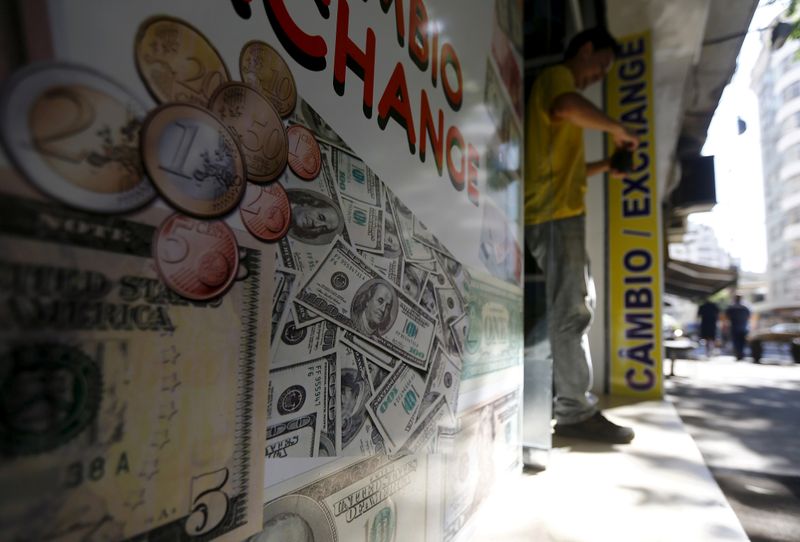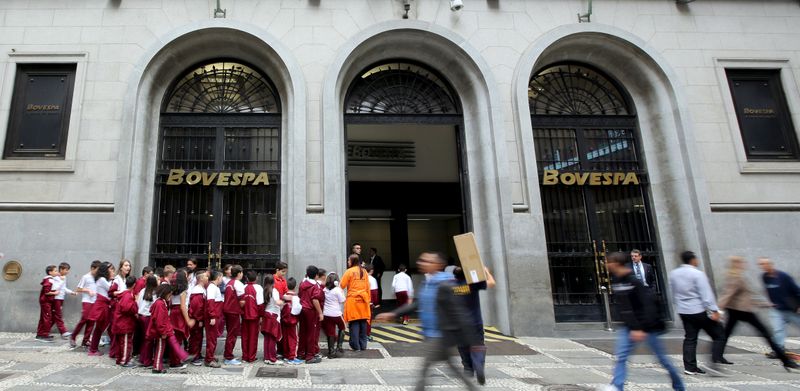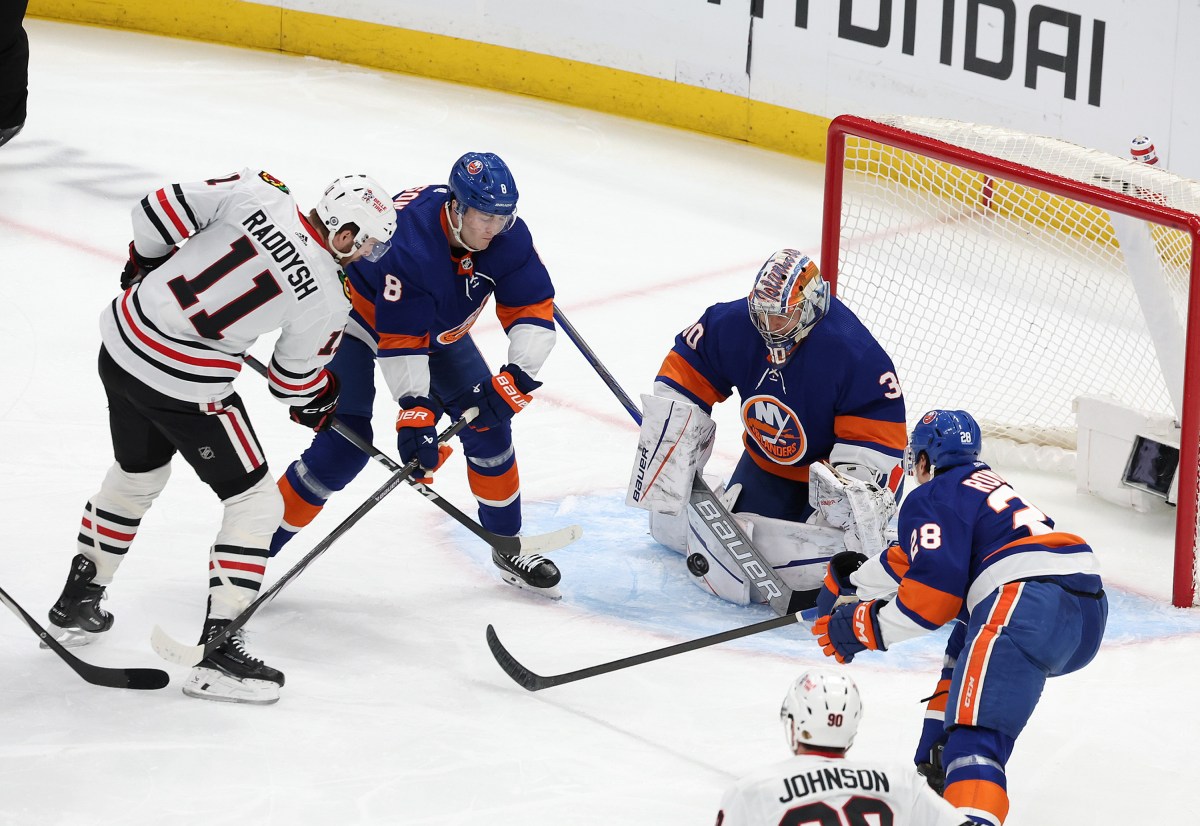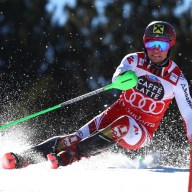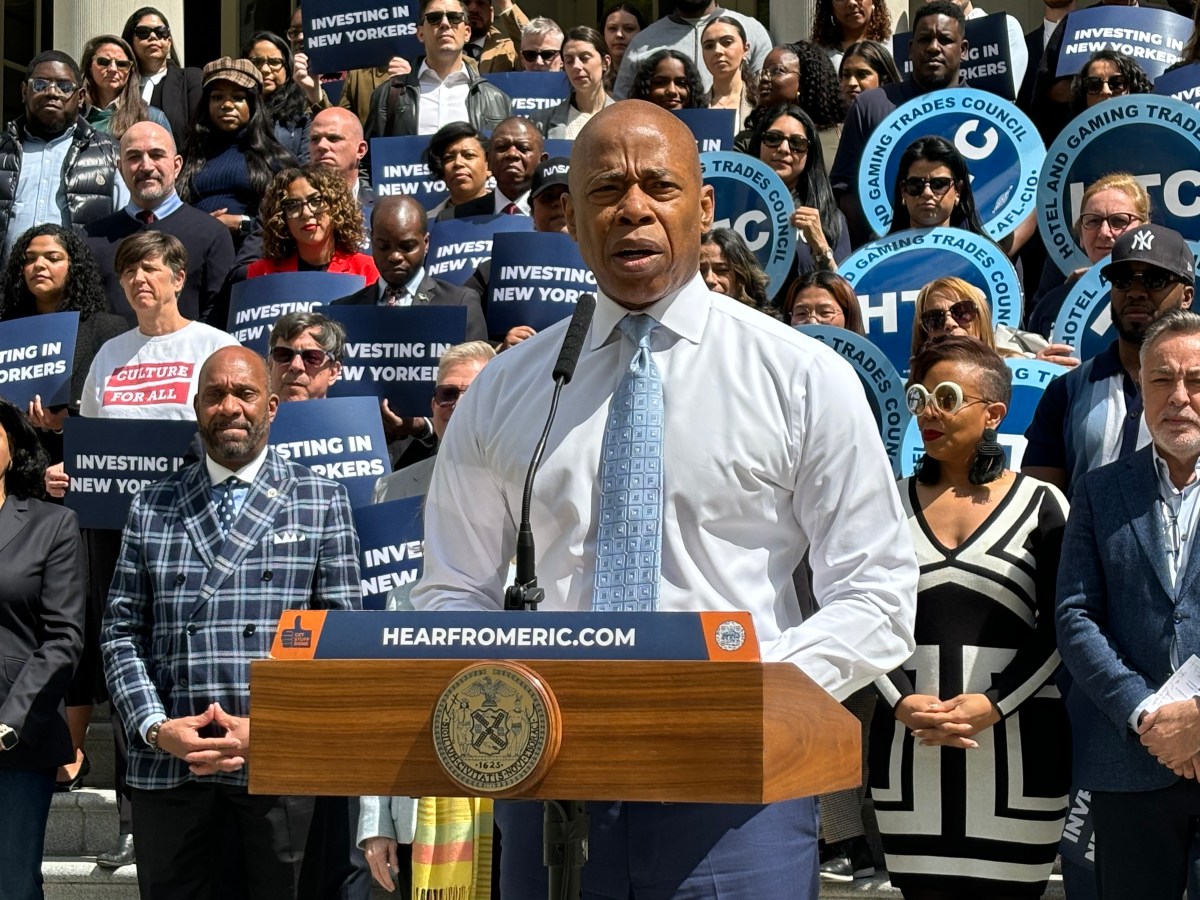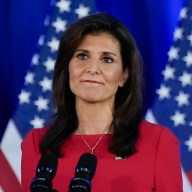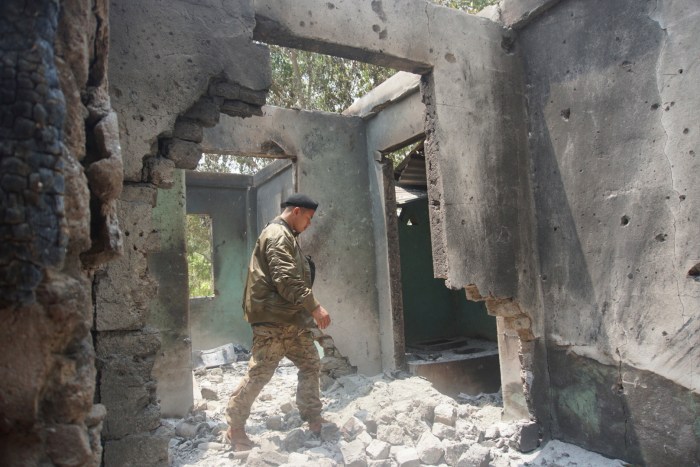BRASILIA (Reuters) – Brazil’s financial markets were already shaky from a worsening fiscal outlook, political logjam and a devastating second wave of COVID-19 before Monday’s bombshell that leftist ex-President Luiz Inacio Lula da Silva could contest next year’s presidential election.
They have now been rocked to their foundations – even if the October 2022 vote remains far on the horizon.
The prospect of political polarization between Lula and right-wing President Jair Bolsonaro, leading to looser fiscal policy pledges from the two likely candidates and the stalling of the government’s market-friendly economic reform agenda – with all the implications that has for monetary policy – have many investors gasping for air.
“This spells bad news for any meaningful institutional advance. The more polarized is the country, the higher are the odds of ‘populist’ decisions, chiefly on the fiscal front,” said Alexandre Schwartsman, a former central bank director.
“The task ahead was already daunting without further polarization; now it looks unsurmountable, with dire consequences for asset prices in general,” he said.
As investors digested Monday’s decision by a Supreme Court justice to quash Lula’s convictions from 2018, thus restoring his political rights and potentially paving the way for a run in 2022, asset pricing across Brazil’s markets told the same story.
The real slumped to within 10 cents of its all-time low of May last year. It was already the world’s worst-performing currency against the U.S. dollar this year, after the Libyan diner and Sudanese pound, down 11%.
A test soon of 6.00 per dollar looks likely. (Graphic: Brazil real, https://fingfx.thomsonreuters.com/gfx/mkt/yzdvxeyxepx/BRL.png)
Interest rate spreads, a key measure of the risk premium on Brazilian debt and investor sentiment toward Brazil, have widened to new highs, even beyond levels seen early last year, when pandemic and emerging market pressures were at their peak. (Graphic: Brazil rates spread, https://fingfx.thomsonreuters.com/gfx/mkt/ygdvzgrmopw/ratespread.png)
The benchmark Bovespa stock market index is down more than 15% in dollar terms this year, making it the worst-performer among the world’s major equity indices. (Graphic: Brazil Bovespa (USD) – % change, https://fingfx.thomsonreuters.com/gfx/mkt/qmyvmrmaqpr/BVSPUSD.png)
POLARIZATION
There are a few key reasons behind the upsurge in volatility, uncertainty and risk following the latest developments, market participants say.
Chief among them is political polarization. The prospect of Bolsonaro running against Lula pits two ‘populist’ candidates against each other, hollowing out the center ground, which is more fertile for the economic reforms Brazil desperately needs, they argue.
Bolsonaro campaigned in 2018 as a fiscal conservative and has arch-economic liberal Paulo Guedes as his economy minister. But he has recently shown a desire to keep the spending taps open, despite the government’s record debt and deficit, much to the market’s dismay.
Many analysts reckon Bolsonaro would go further down this path in a stand-off against Lula. For his part, even though Lula kept a tight rein on expenditure when he was president, especially in his first term, markets fear he would promise heavy public spending were he to stand.
Orthodox economic thinking holds that Brazil’s finances are in such a perilous state that there is no alternative to deep austerity. If the government’s record debt near 90% of gross domestic product is not tackled, interest rates, inflation and capital flight will soar.
The media and political circus resulting from a Lula vs Bolsonaro showdown would put fiscal discipline on ice, as well as the government’s reform agenda of deregulation, downsizing the state and simplifying the tax system.
The Guedes-driven program is one of the main beacons of hope for Brazilian markets, analysts say.
“The Lula story is certainly a bucket of cold water for those attempting to be bullish with Brazil,” Citi strategists wrote in a note on Tuesday.
“The ‘cheapness’ factor in Brazil asset prices becomes even more conspicuous for investors. However, a clean trigger for entry, which many await, has not revealed itself yet,” they said.
DICEY DEBT DYNAMICS
Analysts also warn that additional pressure on the fiscal side could leave the central bank under duress. Against a backdrop of sticky inflation and fiscal fragility, it was already poised to deliver its first interest rate hike since 2015 sooner rather than later.
Central bank President Roberto Campos Neto has warned that failure to get public finances back on a sustainable path could force the bank to act more quickly and aggressively than it had planned.
A sharp rise in borrowing costs will not be a welcome development for an economy on course to contract in the first quarter, nor for the Treasury, which is dealing with a dramatic shortening of debt maturities and steepening of the rates curve.
“The fall in the real and higher country risk premium means a rate hike on 17th March now looks nailed on,” Capital Economics wrote in a note on Tuesday. “But while higher rates might help to shore up the real and dampen inflation expectations, they would also worsen Brazil’s debt dynamics.”
(Reporting by Jamie McGeever; Editing by Daniel Flynn and Dan Grebler)

